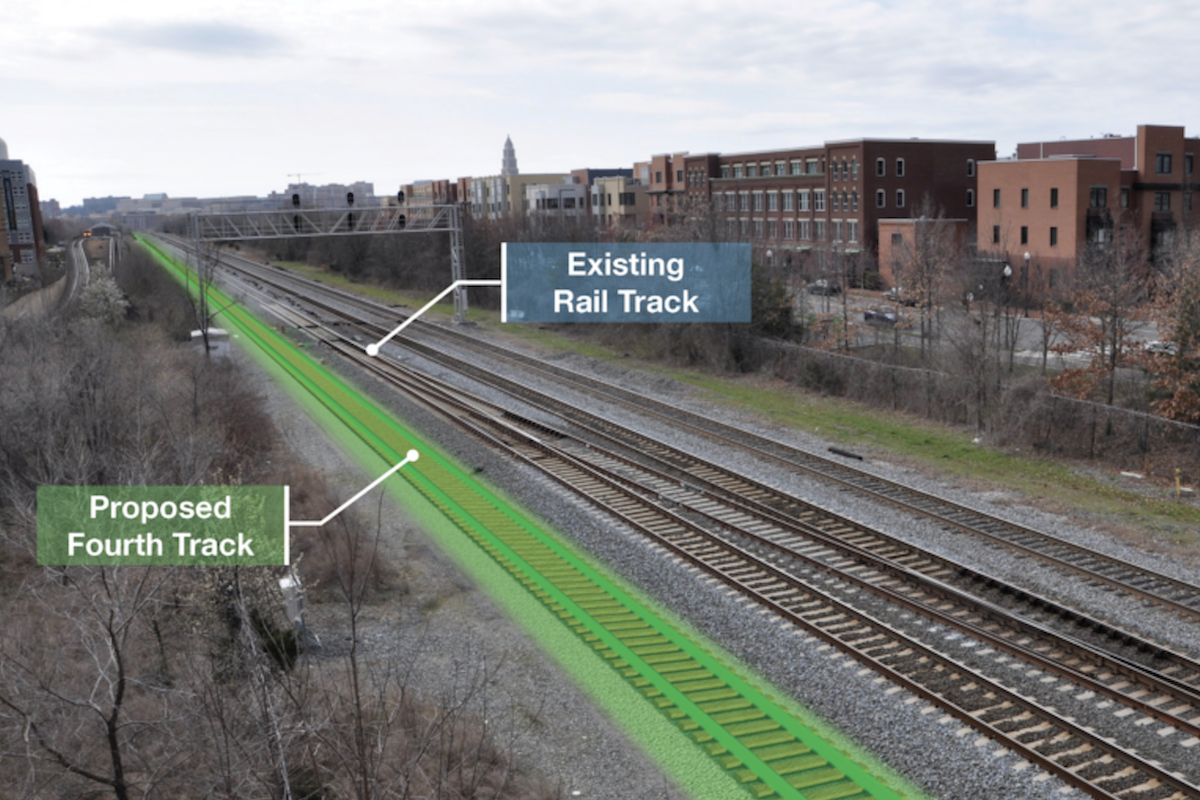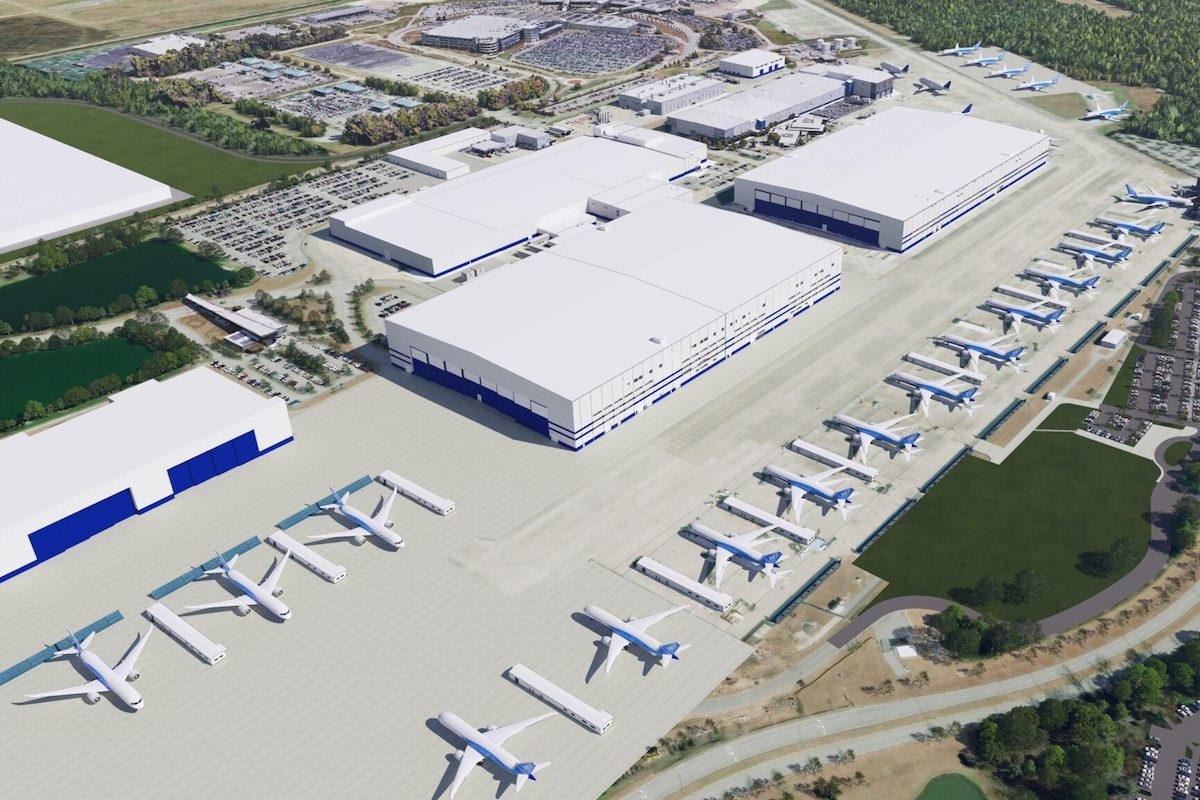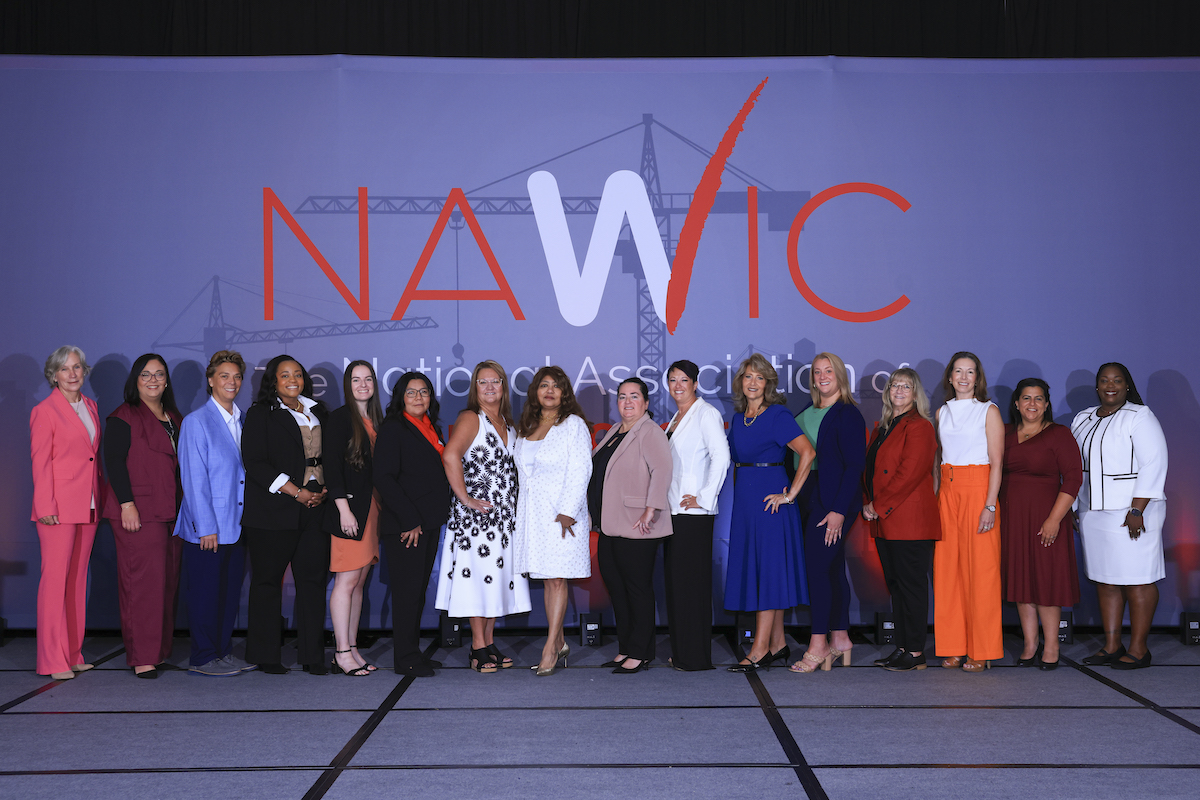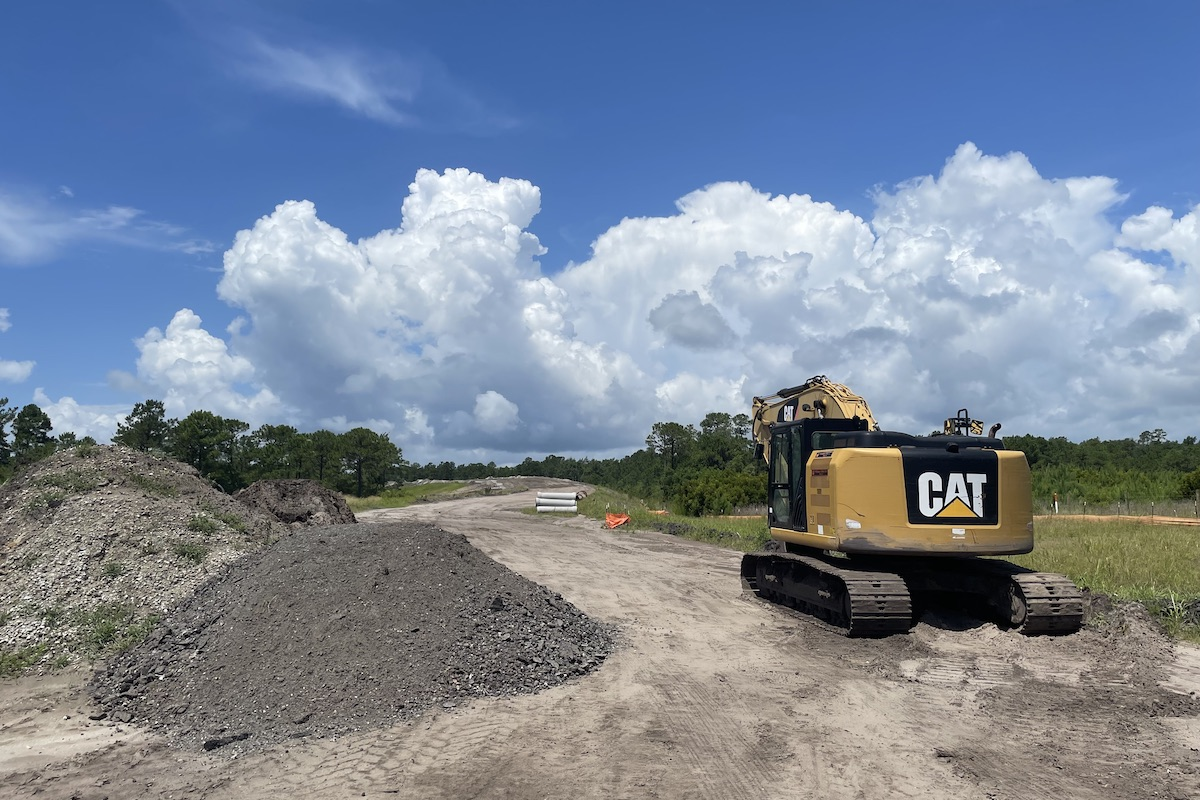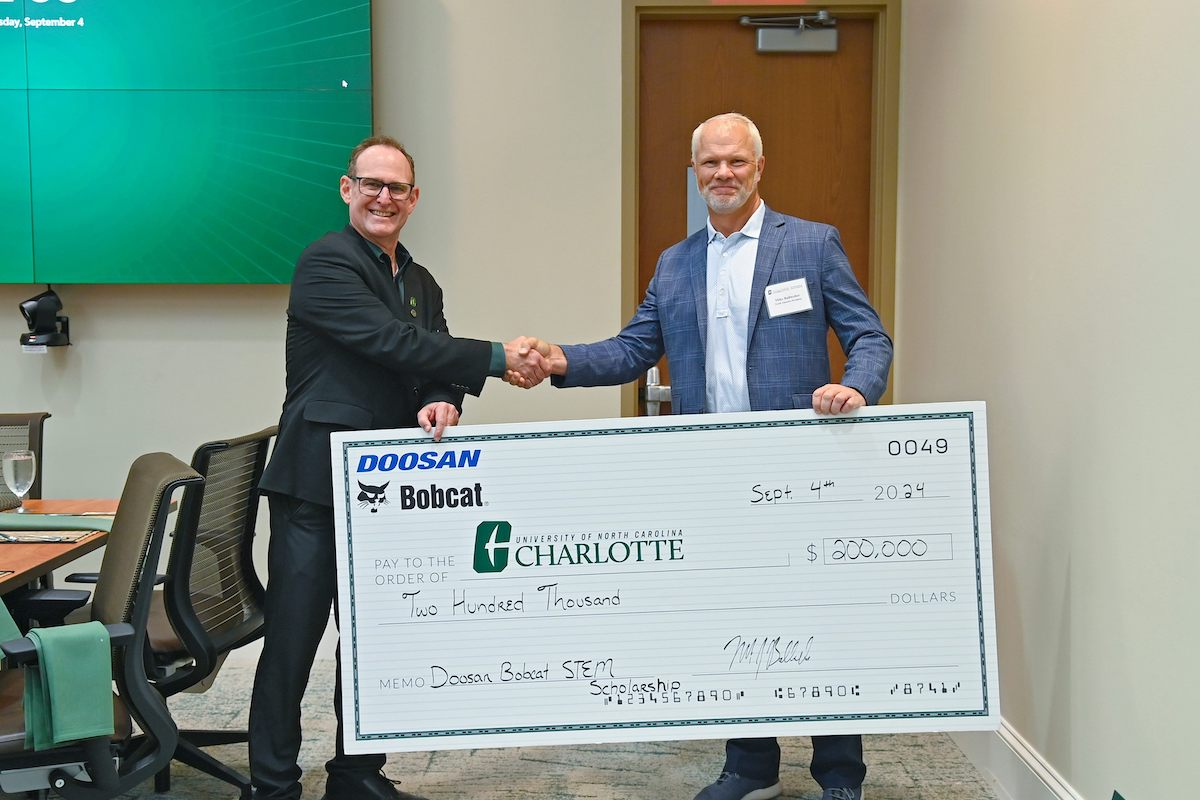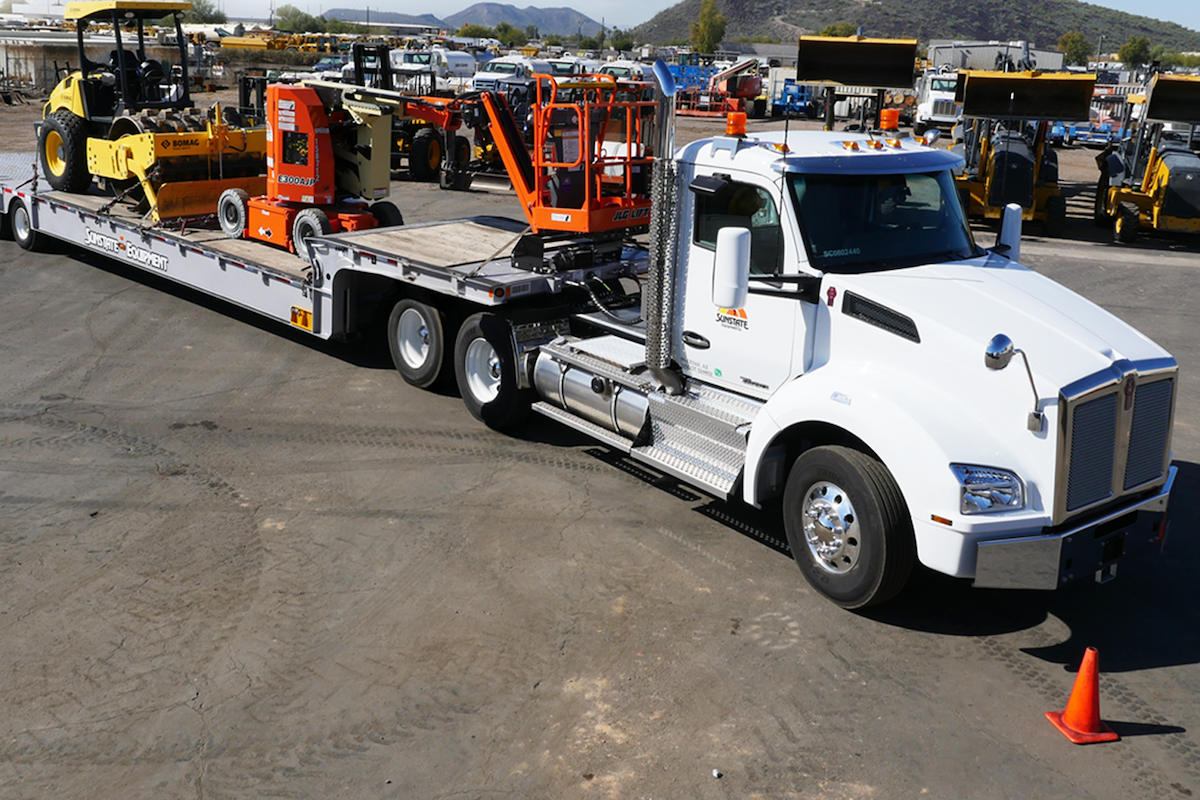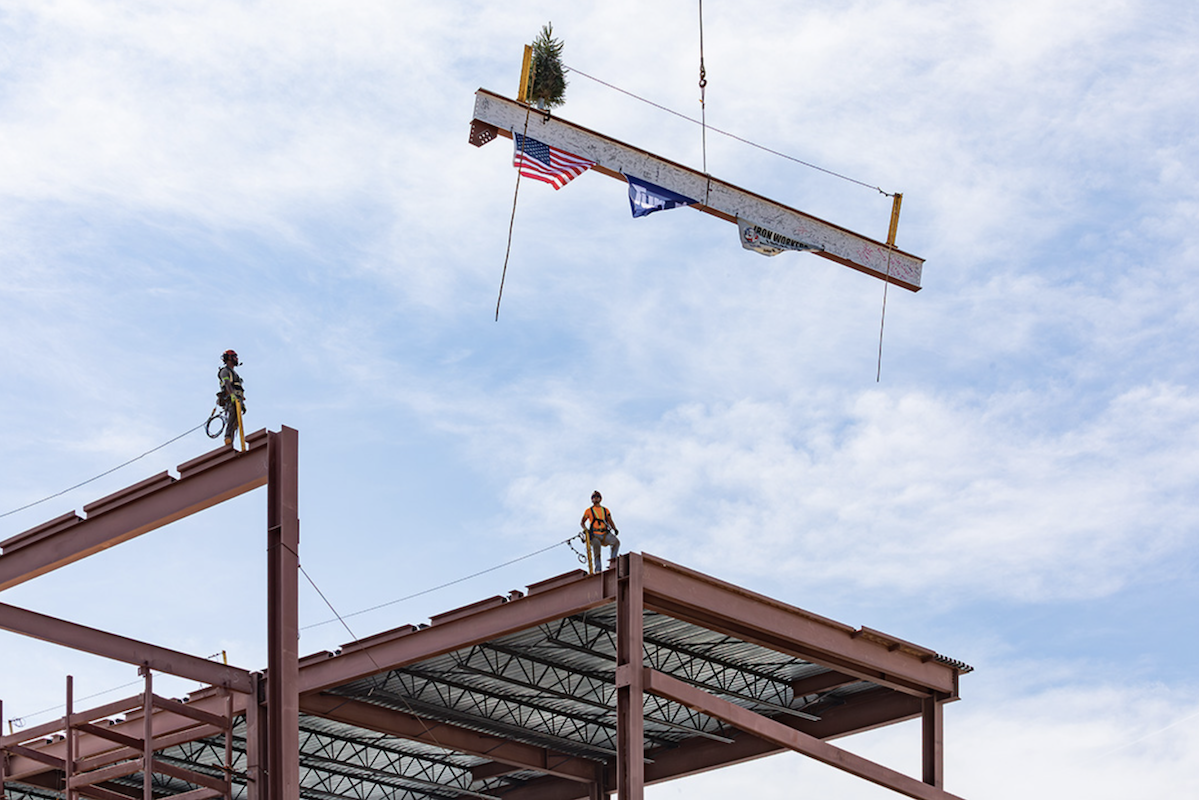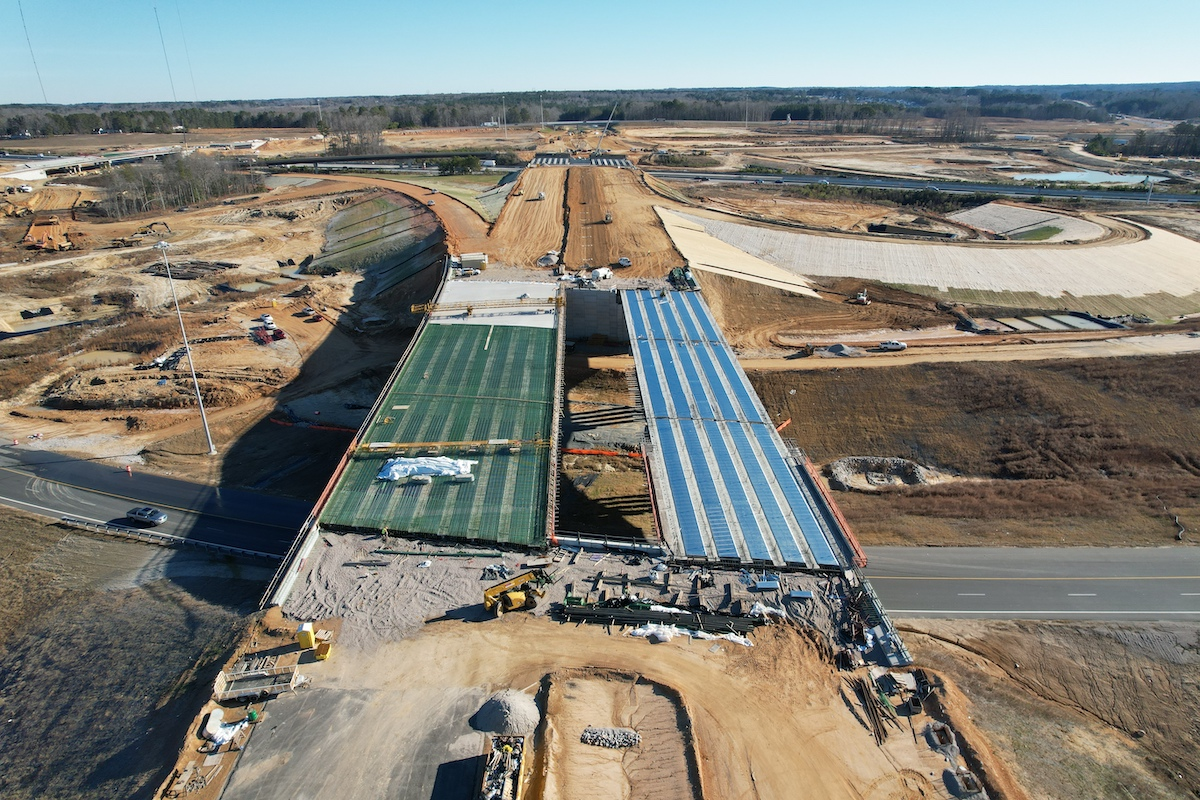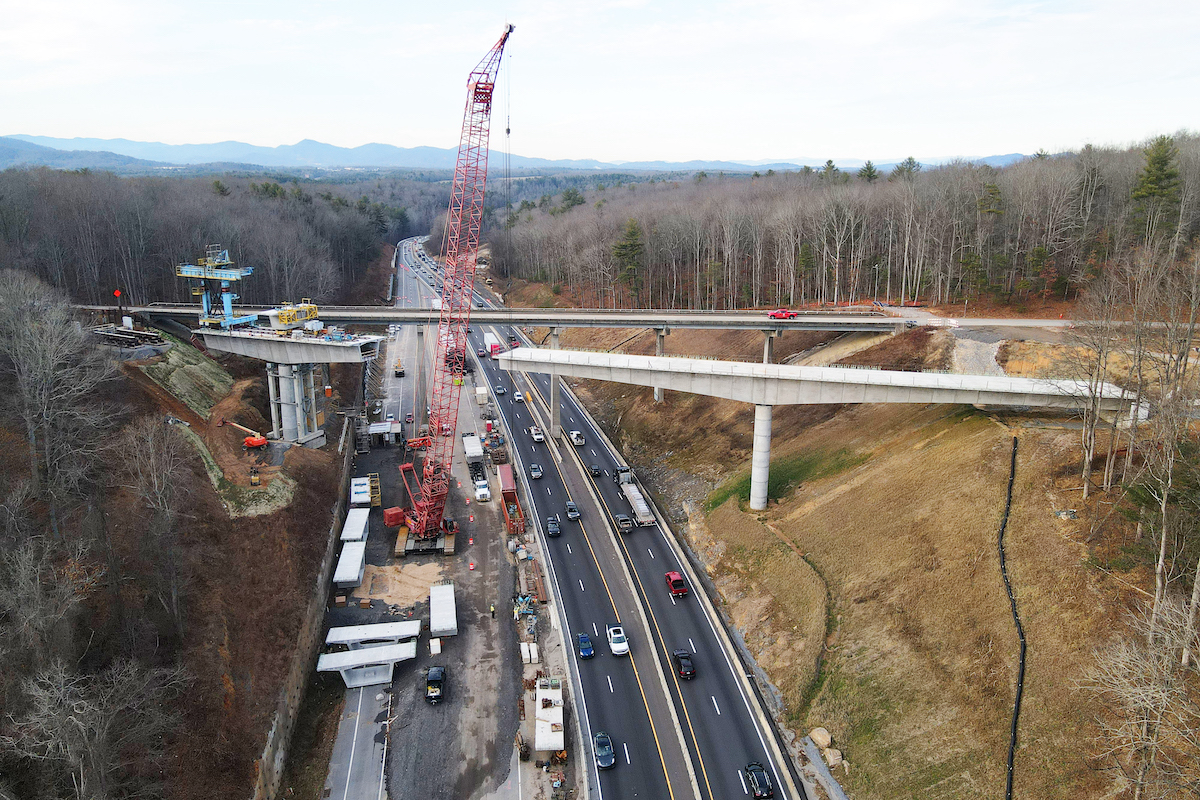The regional construction industry has emerged from the pandemic as a formidable growth engine. With a year-over-year job growth rate of 4.2 percent — dwarfing the region’s overall economic job growth rate of 0.8 percent — the construction sector stands as a pillar of economic strength. Since the pandemic, jobs in the construction industry have grown by a staggering 10.6 percent, another statistic that compares favorably to the total employment rate change of 3.4 percent.
The heightened demand for construction services leads to intense competition for workers, driving wages upward and intensifying hiring competition while straining project budgets and completion timelines. The inland Southeast has been fortunate to avoid the worst of these pitfalls with a stronger labor force than the pre-pandemic peak. Still, with high construction demand, the effects of a labor shortage are still being felt.
A close look at the national construction industry paints a bleaker picture than what’s seen locally. Although buoyed by a sturdy quarter overall, construction at the national level experienced a slight dip in spending, with a mere 1 percent increase over the full year. After factoring in inflation, this suggests a decline in real dollar investment. It is a potent example of the selective pressures bearing down on various construction market segments and shades encouraging data on the local region. What’s more, with labor shortages elsewhere, the region’s contractors could be tempted to leave for markets with less competition for work.
In Marcum’s most recent construction survey analyzing Q4 of 2023, the Commercial Construction Index, Marcum Chief Construction Economist Anirban Basu suggested that price escalations have leveled off to offer some relief, particularly in the later parts of the year. Yet, despite these tailwinds, including global supply chain improvements and a reduction in global demand, commodity prices persist at levels approximately 38 percent higher than those seen at the pandemic's outset.

| Your local Trimble Construction Division dealer |
|---|
| SITECH Mid-South |
Despite the region's relatively positive performance, the urgency to attract and retain skilled labor has necessitated inventive hiring strategies. Joseph Natarelli, Marcum's National Construction Leader, underscored the importance of closely watching market conditions and actively attempting to overcome labor woes. For contractors, that might mean doubling down on workforce development, apprenticeships, and community engagement efforts to entice the next generation into the trades while further developing the existing workforce. For construction firms in the inland Southeast, though, the main concern at this time might be how to stretch its relatively healthy resources to meet such strong demand.
While all eyes remain fixed on the Federal Reserve's monetary policies, most regions will hope for falling rates to kickstart activity. If that happens, it's possible that the inland Southeast’s strong post-pandemic record gets even better. Marcum's survey of the national industry reveals that industry leaders need to be alert and flexible in response to economic changes to sustain momentum and navigate any forthcoming uncertainty. But for now, construction leaders in the inland Southeast are likely most focused on their heavy workloads and busy schedules.
He has extensive experience advising on mergers, acquisitions, and divestitures. He has served as a Technical Reviewer for the American Institute of Certified Public Accountants’ (AICPA) construction audit and taxation guides for more than two decades and chaired the AICPA National Construction Program Conference Committee from 2012 to 2014.

















